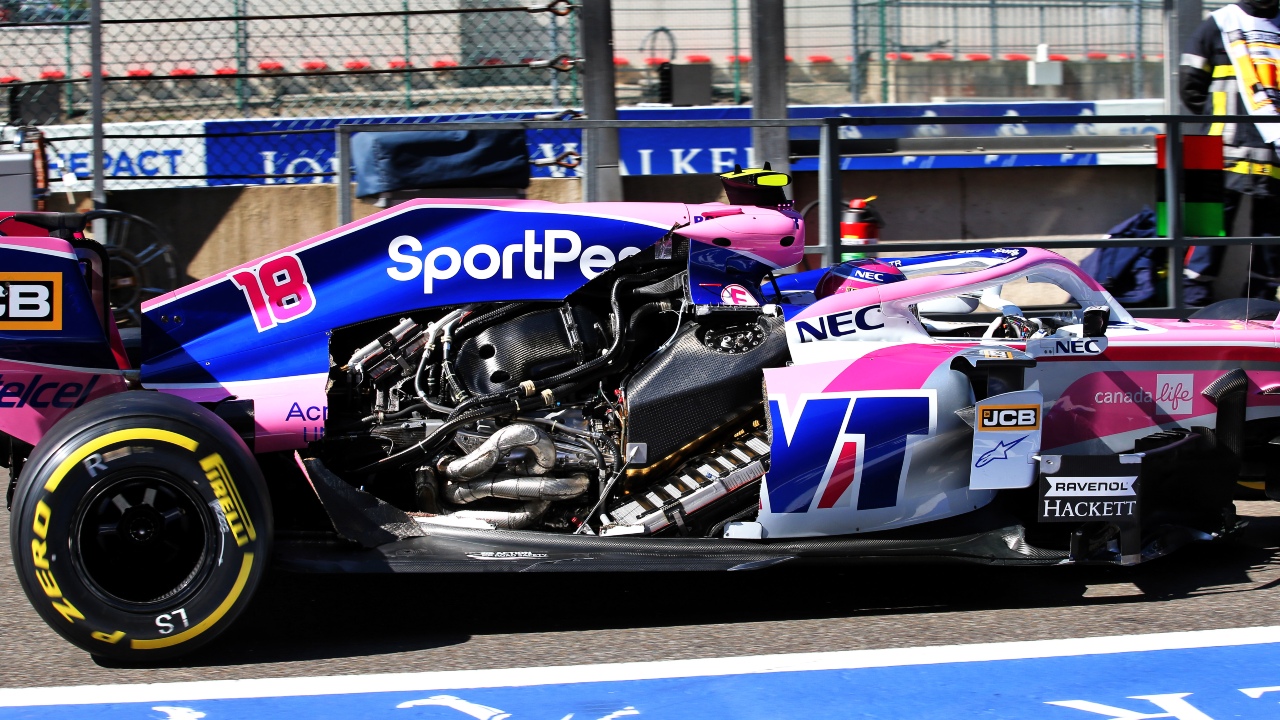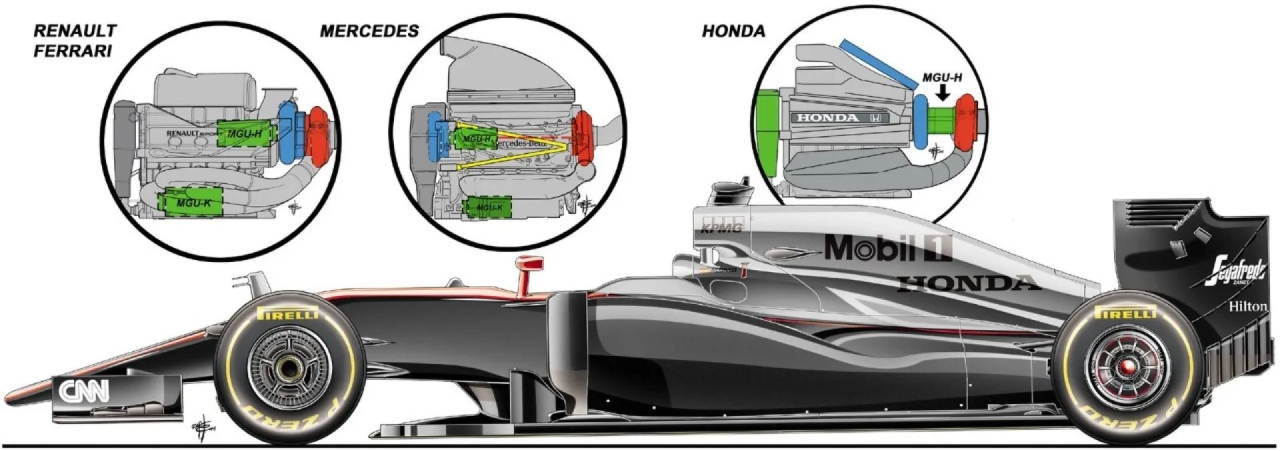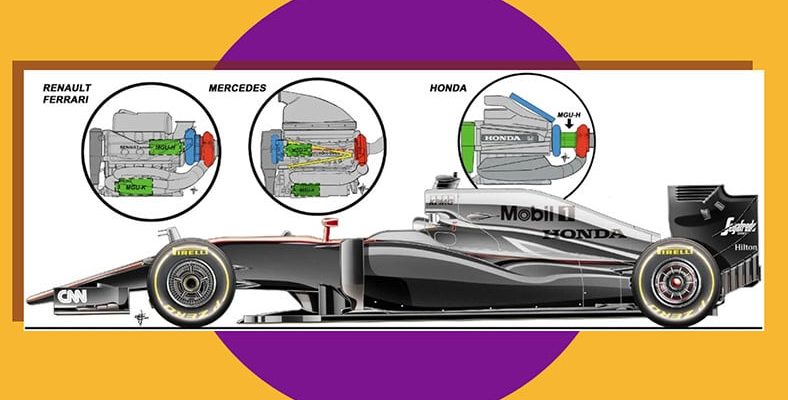The Formula 1 season has started and the struggle between cars producing approximately 1000 horsepower each has started again. So how can these vehicles produce this power?
The pinnacle of motorsports Formula 1With the start of the season in , the vehicles started their engines once again. The power that can be produced by engines that are much smaller and take up much less space than the engines used in the past is enormous: It can reach 1000 horsepower. How can such power be obtained from such a small engine? There are a variety of methods used by teams to achieve this.
To understand this high power produced by Formula 1 vehicles, power unit We need to understand our engine better, but a good engine alone is not enough. Many factors contribute to the conversion of exhaust gases and heat from fuel systems into energy, increasing our engine power in this sport where each horsepower difference is very critical.
Of course, the first place we look at is the power unit.
The engine, or rather the set of engines, in Formula 1 vehicles is called the power unit. This power unit a 90 degree engine and its volume is 1.6 liters. The first point that attracts attention in power units is the dimensions of the cylinders. These cylinders are half the size of the cylinders in a standard production car. Due to the limits, these cylinders can make 15 thousand revolutions per minute, but they do not get there in realistic use.
There are also two different electric motors on the power unit. of these MGU-K The engine, called , is directly connected to the vehicle’s crankshaft. MGUH is directly connected to the turbocharger. Technically, as gas comes out of the exhaust, the turbine in the exhaust rotates and strengthens the engine, and as the engine gets stronger, it produces more energy.
In order to ensure that this energy does not overheat the engine, destroy it, or blow up the vehicle, but does not waste it, the energy must first be saved. MGU-H and then for instant speed increase when needed MGU-K It is used via.
This is why most pilots try to gain speed first and then overtake, and there are usually at least 2 laps between attacks. the need to harvest energy. Without this additional power, the power generation capacity of the engine remains at 800 horsepower.
The power unit needs to be fed well, and that requires a fuel system.

These vehicles, you guessed it, drink gasoline. Even though there is a limit on the instantaneous fuel consumption of vehicles, no vehicle pushes those limits. For fuel tanks It has a large volume and vehicles cannot be refueled during the race. On the other hand, we cannot produce energy without fuel. So we need to find a balance here.
Formula 1 cars per hour more than 100 kilograms They can’t consume fuel, regulations don’t allow it. In this case, we need to understand how much energy the gasoline consumed by the engines provides.
The interesting thing is that the composition of this fuel is 99% the same as the gasoline purchased from the gas station. 100 kilograms of gasoline, 1240 kWh power produces. Of course, it is not possible to use all the energy to propel the vehicle, some of it is heat etc. This energy is lost in the form of Energy conservation rate of power units just over 50%. In other words, the energy we obtain from fuel is around 620 kWh.
Everything focuses on that: efficiency.

In terms of thermal efficiency, engines Reaching the 50% point This may seem low to many people, but today, even in the most efficient internal combustion standard engines, this rate is around 35%. To ensure this efficiency Formula 1 Certain methods are used in their vehicles.
The first is the difference in how gasolines are ignited. The cars we see on the roads rely on engines to accelerate to high speeds. More than you can burn They inject gasoline. Formula 1 vehicles have a two-stage ignition system and some of the gasoline is burned while passing through the first ignition ring.
In addition, these engines are very thin and precision engineering is used. Under no circumstances is unnecessary space allowed in the engine. That’s why Formula 1 cars are heated to a certain temperature before starting. Because vehicles are produced with such millimetric calculations that there is no room for the pistons to work without expansion due to heating.
Formula 1 is not called the pinnacle of motorsport for nothing, those engines are truly At the peak of engineering challenge It is located.
You may also like these contents about Formula 1:
RELATED NEWS
Why Aren’t the Cockpits of Formula 1 Cars Made Closed? Wouldn’t It Be Safer For Pilots?
RELATED NEWS
Why Is There a Simple Piece of “Wooden” Under the Latest Technology F1 Cars?
RELATED NEWS
